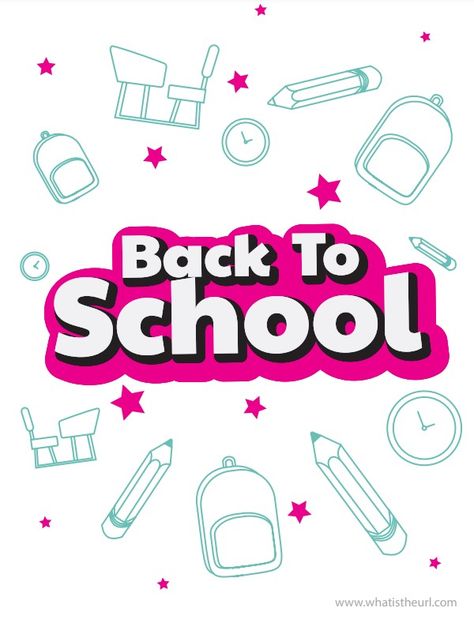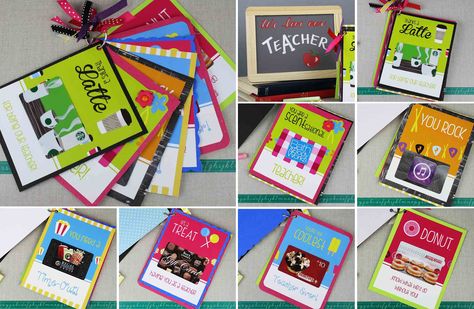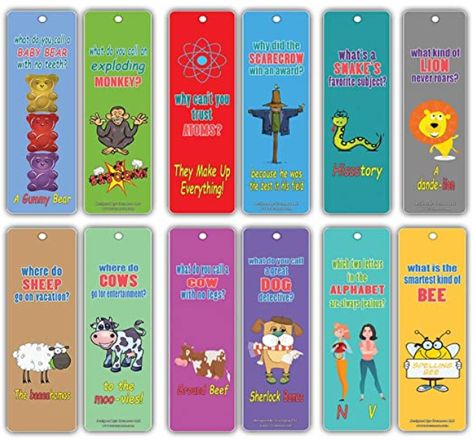Teaching is one of the most rewarding professions, but it is also known for being one of the most challenging. Between endless hours of lesson planning, grading, and managing classrooms full of students with various needs, it’s no wonder that many teachers find themselves on the verge of burnout. But not all teachers succumb to this pitfall, some manage to rise above the challenges and thrive. In this article, we’ll share the inspiring story of a teacher who dodged burnout and learn how you can do the same.
Meet Sarah Johnson, a middle-school teacher with ten years of experience under her belt and still exuding passion for educating young minds. When Sarah first began teaching, she faced all the same challenges as her peers – long hours, emotional fatigue, and a constant struggle to balance work and personal life. However, Sarah knew she couldn’t sustain this pace indefinitely if she wanted to maintain her love for teaching. Determined to find a solution to her growing burnout concerns, Sarah set off on a journey to find what would help her excel in her profession without sacrificing her well-being.
The first step in Sarah’s journey was identifying the source of her stress. She realized that while many of her responsibilities were unavoidable – such as lesson planning and student assessments- others were draining her time and energy unnecessarily. By learning how to prioritize tasks that contributed directly to student success and growth over administrative burdens or bureaucratic hoops, Sarah immediately saw an improvement in both her mental state and overall productivity.
Next, Sarah acknowledged that just like every other human being, she too needed rest and rejuvenation. She began incorporating self-care into her daily life by setting aside time for yoga and meditation each morning before school started. This simple change in routine not only helped Sarah feel more refreshed every day but also increased her ability to remain present in the classroom.
Another essential component of Sarah’s plan was establishing a sanctuary away from school to put work entirely out of her mind. This might mean going for a hike, enjoying time with friends and family, or simply reading a book unrelated to education. By creating these moments of peace and relaxation, Sarah learned that although teaching is her passion, it cannot always consume her life.
Sarah also sought out ways to integrate her love for teaching into new and exciting channels. In her spare time, she began volunteering with community outreach programs aimed at improving education in underserved areas. This not only added another layer of purpose to her life but helped her rediscover what she loved most about teaching.
From Sarah’s inspiring story, we can learn essential lessons on overcoming burnout as an educator:
1. Prioritize tasks that contribute directly to student success.
2. Incorporate self-care practices into your daily routine.
3. Set boundaries by cultivating a sanctuary separate from work.
4. Revive your passion for teaching by engaging in meaningful outreach efforts.
By taking these steps and following Sarah’s lead, any teacher can dodge burnout and continue being extraordinary within their profession. Allow yourself the space and support needed to be the best educator you can be without sacrificing your mental and emotional well-being in the process. Remember: it’s not just about surviving as a teacher; it’s about truly thriving.











